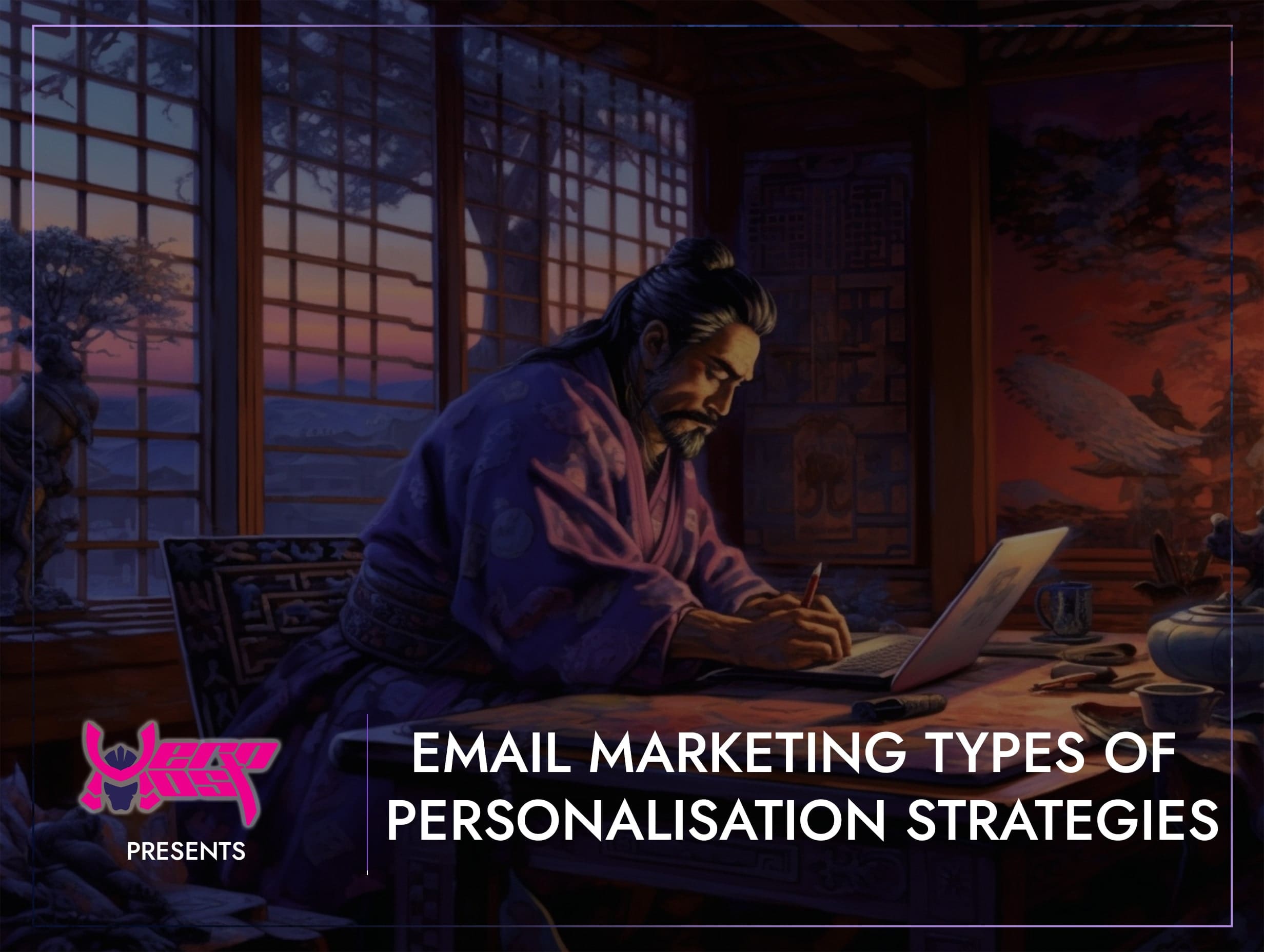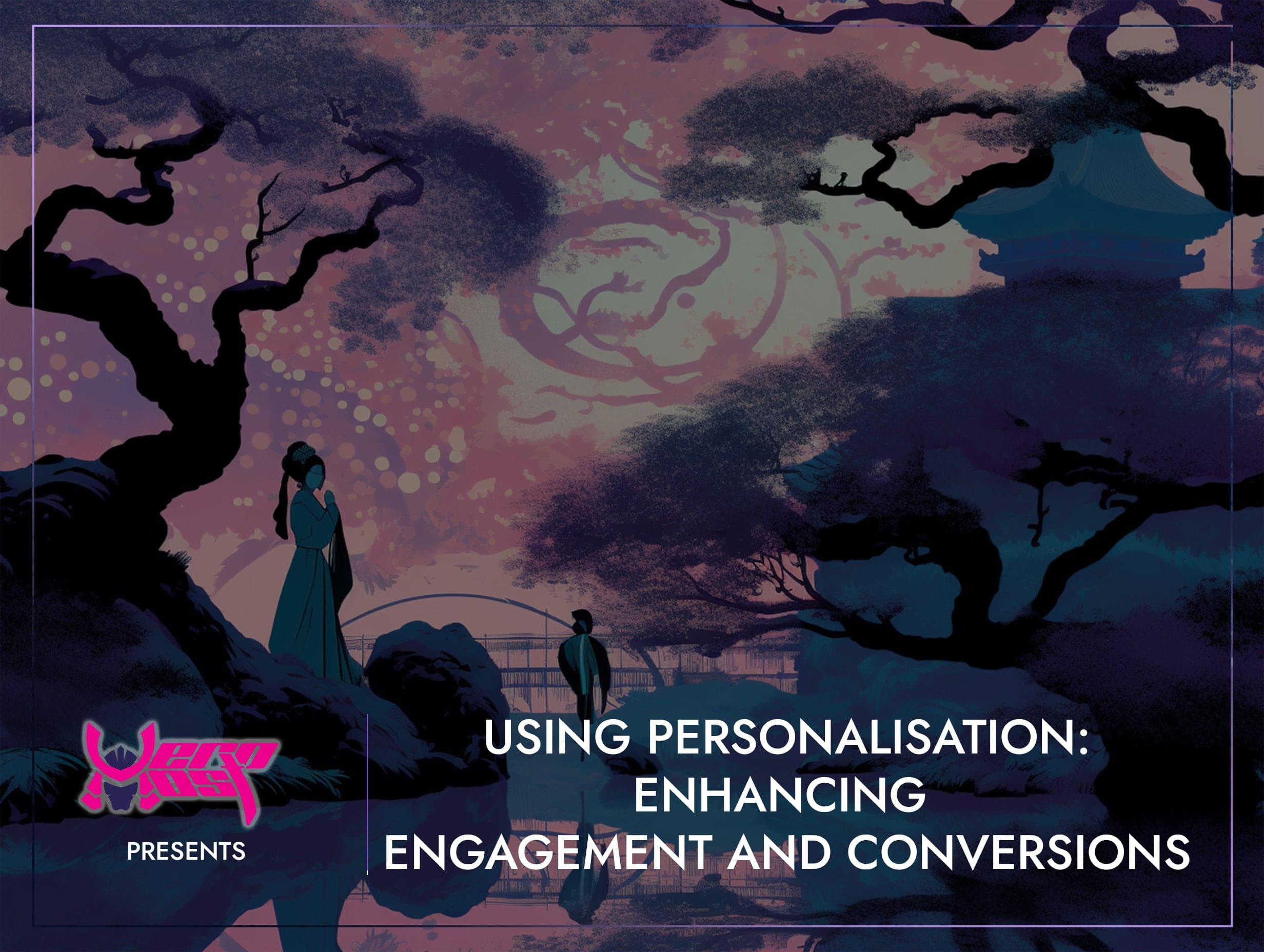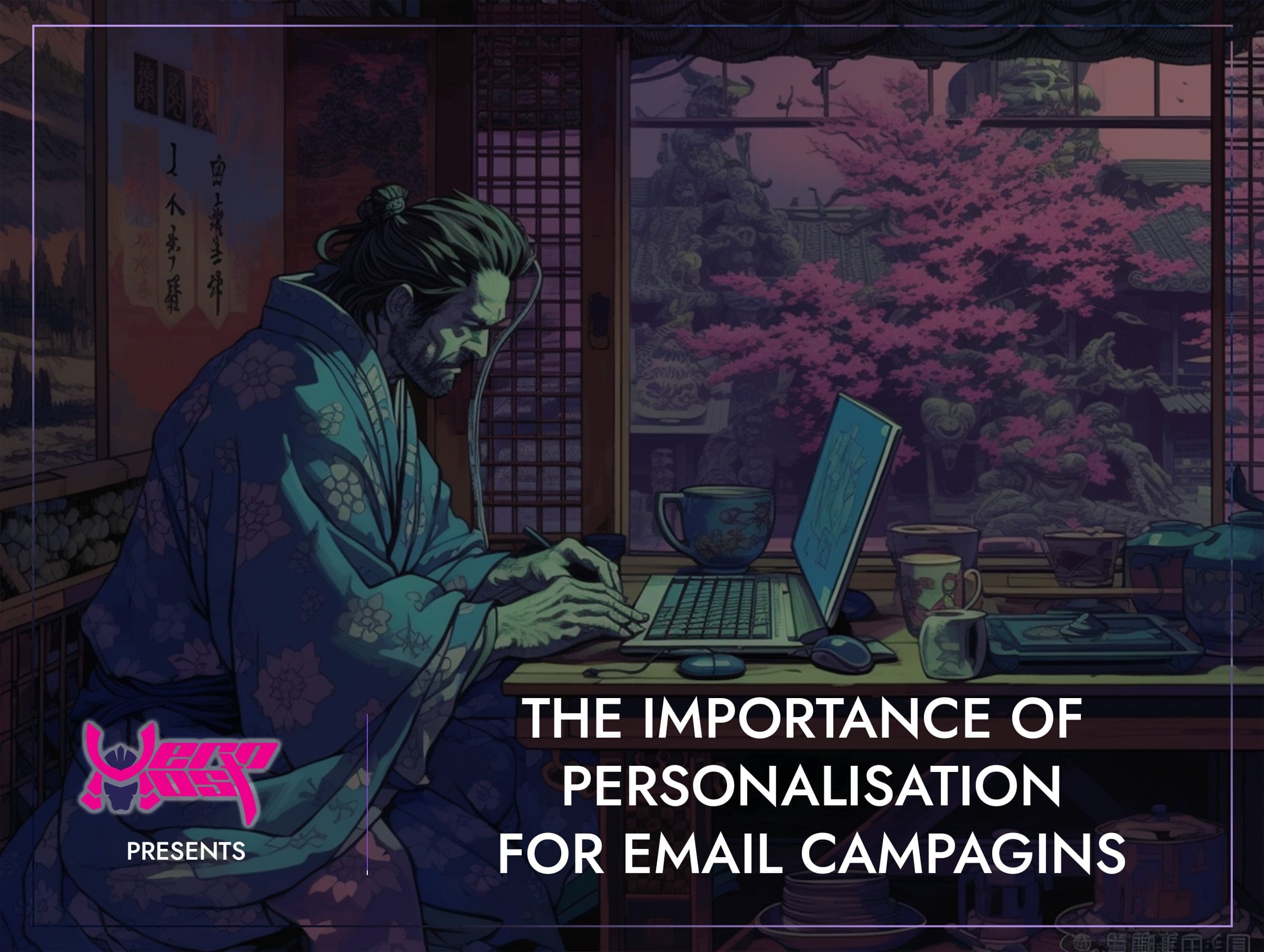Email Marketing: Types of Personalisation Strategies
- Home
- Email Marketing
- Email Marketing: Types of Personalisation Strategies

- Mikey Ryu
- May 2, 2024
- 0
Email Marketing: Types of Personalisation Strategies
In the ever-evolving landscape of email marketing, personalisation has emerged as a cornerstone strategy for engaging audiences and driving results. From tailoring content to individual preferences to segmenting audiences based on behaviour and demographics, there are myriad ways that marketers can leverage personalsation to create more relevant and impactful email campaigns. In this blog, we’ll explore some of the most effective types of personalisation strategies and how they can be applied to optimise email marketing efforts.
1. Dynamic Content:
Dynamic content allows marketers to create emails with sections that adapt and change based on recipient data. This can include everything from product recommendations based on past purchases to personalised offers based on browsing behaviour. By dynamically customising the content of each email, marketers can deliver more relevant messages that resonate with individual recipients, driving higher engagement and conversions.
2. Segmentation:
Segmentation involves dividing an email list into smaller, more targeted groups based on specific criteria such as demographics, behaviour, or preferences. This allows marketers to tailor their messaging to different audience segments, delivering content that is more likely to resonate with each group. For example, an e-commerce retailer might segment their audience based on purchase history and send targeted promotions to customers who have previously bought similar products.
3. Personalised Subject Lines:
Subject lines are the first thing recipients see when they receive an email, making them a critical component of any email marketing campaign. Personalised subject lines that include the recipient’s name or reference their recent interactions with the brand can help grab attention and increase open rates. By using data to personalise subject lines, marketers can make their emails stand out in crowded inboxes and improve overall campaign performance.
4. Recommendation Engines:
Recommendation engines use algorithms to analyse customer data and provide personalised product recommendations within email content. This can include suggestions based on past purchases, browsing history, or items frequently bought together. By leveraging recommendation engines, marketers can deliver highly targeted product recommendations that are tailored to individual preferences, driving higher click-through and conversion rates.
5. Lifecycle Marketing:
Lifecycle marketing involves sending emails at different stages of the customer journey, with content that is relevant to each stage. This can include welcome emails for new subscribers, abandoned cart reminders for customers who have left items in their shopping cart, and re-engagement campaigns for inactive subscribers. By sending the right message to the right person at the right time, marketers can nurture leads, drive conversions, and maximise customer lifetime value.
6. Behavioral Triggers:
Behavioural triggers are automated emails that are triggered based on specific actions or behaviours taken by the recipient. This can include things like welcome emails, thank you emails, birthday emails, or anniversary emails. By sending targeted messages in response to specific behaviours, marketers can create more personalised experiences that resonate with recipients and drive desired actions.
7. Personalised Landing Pages:
While not strictly an email strategy, personalising landing pages to align with the content of email campaigns can further enhance the effectiveness of personalisation efforts. By creating landing pages that mirror the messaging and offers of the email, marketers can create a seamless experience for recipients and increase the likelihood of conversion.
In conclusion, personalisation is a powerful strategy for optimising email marketing campaigns and driving better results. By leveraging dynamic content, segmentation, personalised subject lines, recommendation engines, lifecycle marketing, behavioural triggers, and personalised landing pages, marketers can create more relevant and engaging email experiences that resonate with recipients and drive desired actions. So whether you’re a seasoned email marketer or just getting started, consider incorporating these types of personalisation strategies into your next campaign to take your email marketing efforts to the next level.
Search
Categorys
- Branding (12)
- Business Growth Guides (3)
- Business Insights (3)
- Content Marketing (43)
- Domain Authority (19)
- Email Marketing (28)
- Google Analytics & Search Console (5)
- Hack or Not (2)
- Hero Host News (0)
- Inbound Marketing (32)
- Lessons From Asia (40)
- Marketing Guides (11)
- Martial Arts Journey (14)
- Outbound Marketing (8)
- Search Engine Optimisation (SEO) (41)
- Social Media Marketing (38)
- Web Design (20)
- Website Hosting (4)
- Wordpress (2)






